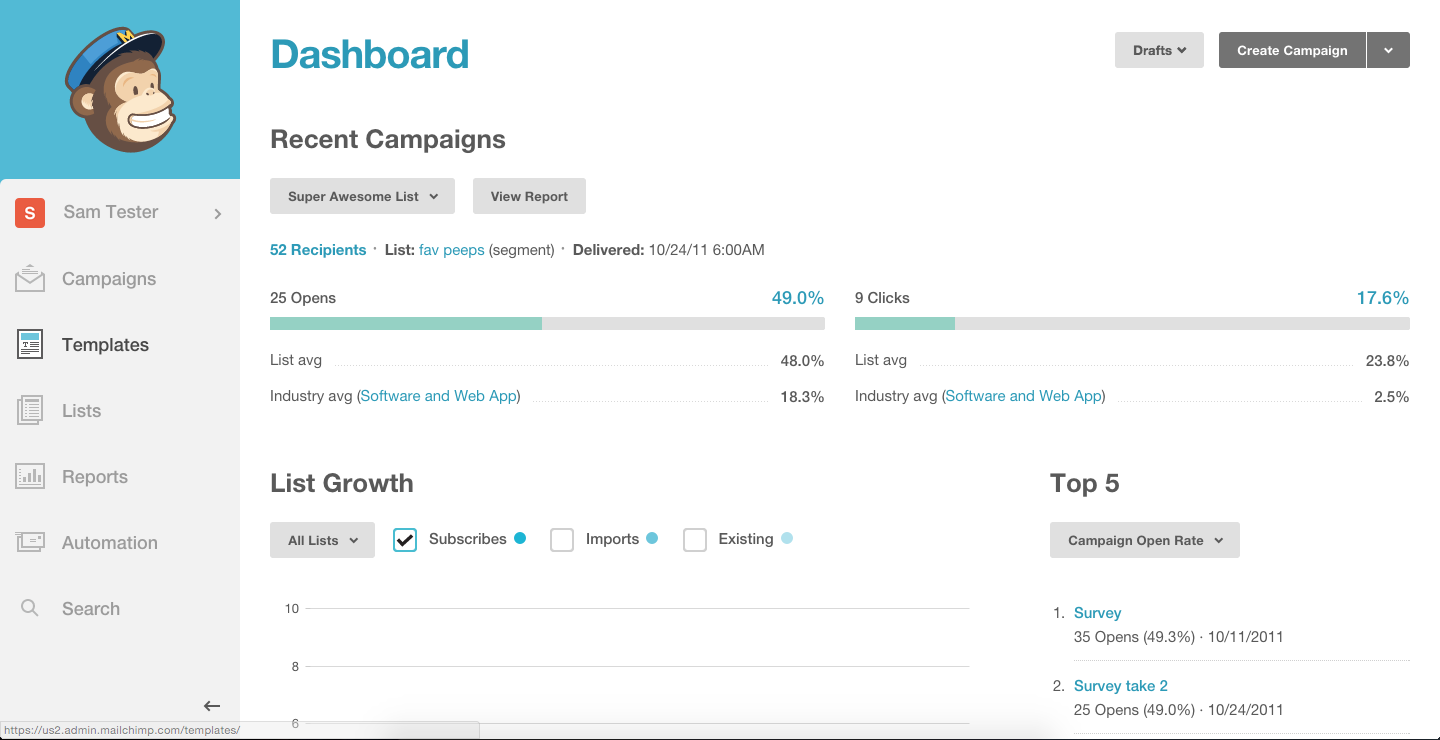So far in this series we’ve covered different tools that your charity can use to improve its financial accounting and reporting. We also looked at different social media channels and creative apps to help boost your charity’s marketing efforts. In our last marketing article, we looked at the different ways Facebook, YouTube and Instagram were going to make it easier for users to donate to their favourite cause. We also found ways in which your charity and not-for-profit could create engaging content such as videos and images without spending anything.
The third instalment of our ‘Charities and technology series’, which is also the second part to our marketing segment, looks into other marketing tools your charity and not-for-profit can start using to become more productive and efficient. We will be looking at a tool that can help schedule all your social media posts automatically, an email marketing tool to help reach your target audience and also simple website solutions.
Scheduling
- Buffer
Buffer is currently integrated with a number of social media channels such as Twitter, Facebook, LinkedIn and Instagram. If your charity and not-for-profit uses these channels, then you are pretty much covered! The app does have a free plan, but it’s limited to three social media accounts and 10 scheduled posts. The paid plan has additional features where you can add multiple team members to spread the workload, and also comes with a 50% discount for charities.

- Mailchimp
The app is clean, streamlined and quite easy to use with its pre-set templates for email campaigns. You can also customise the templates to match with your charity’s current branding guidelines. Like many apps, Mailchimp can integrate with other programs such as WordPress and you can embed social media links into your email, making it easier for your audience to follow your online channels.
Mailchimp is currently free if you have an email list that has less than 2,000 subscribers, however if you have a bigger organisation with more complex needs, then you’re entitled to a 15% discount on their paid plan.

Web
- WordPress
When you’re ready to upgrade, you can start looking at WordPress.com. This is a paid service but has a better set of features, which will be beneficial if your charity is looking to grow. There are different payment packages, but as a standard, this will include a free domain, high-end site performance tool, email and live chat support, free themes and also the chance to customise your site.

To help monitor your website, it’s recommended that you use Google Analytics to view important data about website users. There are free courses and tutorials on how to use this tool as well.
This concludes the third part of our ‘Charities and Technology’ series. If you had any questions on the tools mentioned or wanted some advice on your charity’s marketing, please contact Ingrid on ingrid.beya@raffingers.co.uk or 020 8551 7200.

